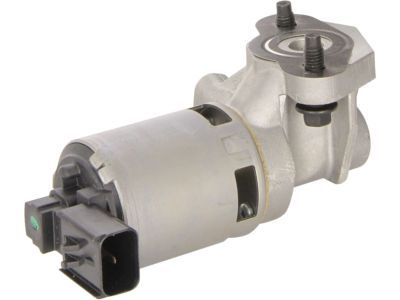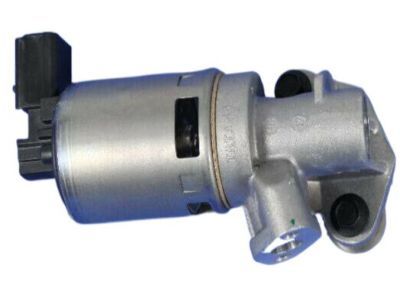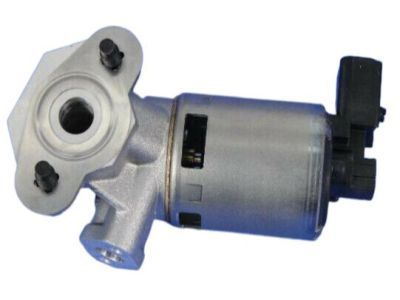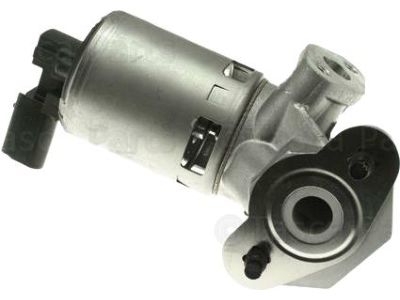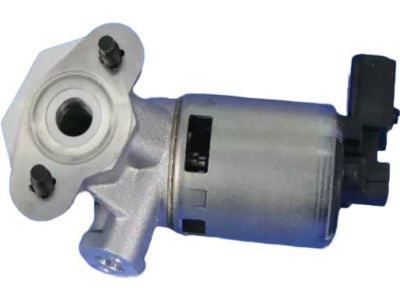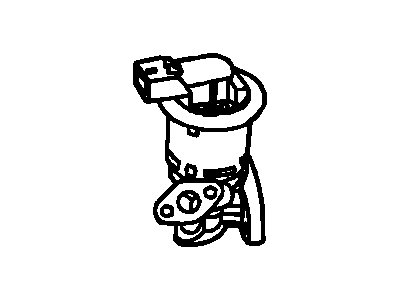
My Garage
My Account
Cart
Genuine Dodge Challenger EGR Valve
Emissions EGR Valve- Select Vehicle by Model
- Select Vehicle by VIN
Select Vehicle by Model
orMake
Model
Year
Select Vehicle by VIN
For the most accurate results, select vehicle by your VIN (Vehicle Identification Number).
2 EGR Valves found
Dodge Challenger EGR Valve
Looking for affordable and high-quality auto parts? Then you have already arrived at the proper online shop. We offer all Dodge Challenger EGR Valve at great affordable prices. Moreover, all genuine Dodge Challenger EGR Valve come with a manufacturer's warranty. In the long run, you would realize you have saved a lot of trouble and money with OEM parts from here.
Dodge Challenger EGR Valve Parts Questions & Experts Answers
- Q: What is the purpose and function of the EGR system and EGR Valve on Dodge Challenger?A:EGR system of 2010 and models previous to it is meant for decreasing oxides of nitrogen (NOx) emissions, which is generated during the high temperatures present in burners and turns into ozone and smog if mixed with reactive hydrocarbons and sunlight. This system of exhaust gases recirculation returns gases to the combustion chambers making air/fuel mixture thinner and also reducing the combustion temperature. All engines incorporate EGR system that comprises PCM, EGR valve and a number of sensors to control the functioning of the EGR valve. The PCM regulates the EGR valve through an electric current that energises a solenoid, which in turn lifts a pintle allowing exhaust gas to flow from the manifold to the intake. The position of the pintle is sensed to maintain an accurate control, failure to which would lead to engine stall or overheating due to improper flow of the EGR. In V6 models EGR valve is installed at the back of the right cylinder head, where some procedures are necessary to extract the component and its installation back, which may involve the disconnecting of EVAP purge solenoid valve and electrical connectors, removal of bolts and gaskets, and erosion and replacement of seals. As for the V8 engines, the EGR valve is positioned at the front of the right cylinder head, and, therefore, disconnection and reconnection are pretty similar, but it is vital to replace the gaskets and seals with new ones.
